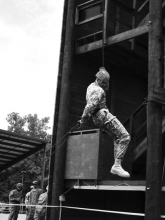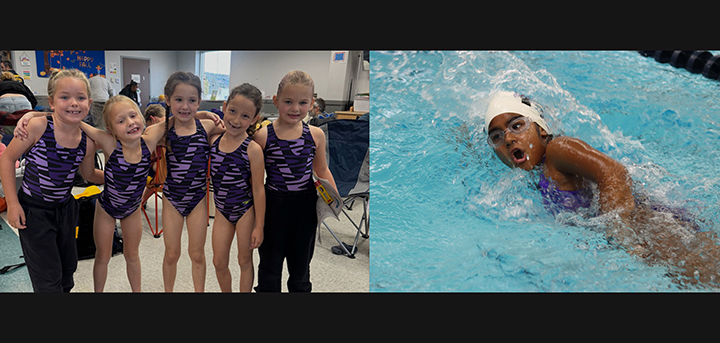Dangerous Waters: A day in the life of a military cadet
By Nick Matson
Ball State University
NORWICH – It is that time of the year when college students are getting ready to head back to school. Some have spent their summer working. Others are taking summer classes. Still others are traveling across the country. Then there are those college kids spending their summer in Ft. Knox, Kentucky preparing to join the military.
Cadet Larry Waters, from Norwich, is one such college student attending Leaders Training Course, or LTC, an intense 30 days of physical and mental training. He is studying mechanical engineering technology at Indiana State University but is also a part of ROTC. The reason for joining was quite simple.
“My dad was a Chief Warrant Officer in the United States Army and I used to dress up in his uniform and play army in the back woods,” Waters said. “So I think that had a little bit to do with it.”
Waters’ parents say they fully support his decision to join the Army and “are proud that Larry has decided to pursue ROTC.” It was something Waters was interested in coming out of high school. But he didn’t join the ROTC right away.
“I hadn’t seriously considered it until I decided to transfer from Rose-Hulman to Indiana State University and was wondering what I wanted to do, and it clicked,” Waters said. “Why not do ROTC and join the Army?”











Comments